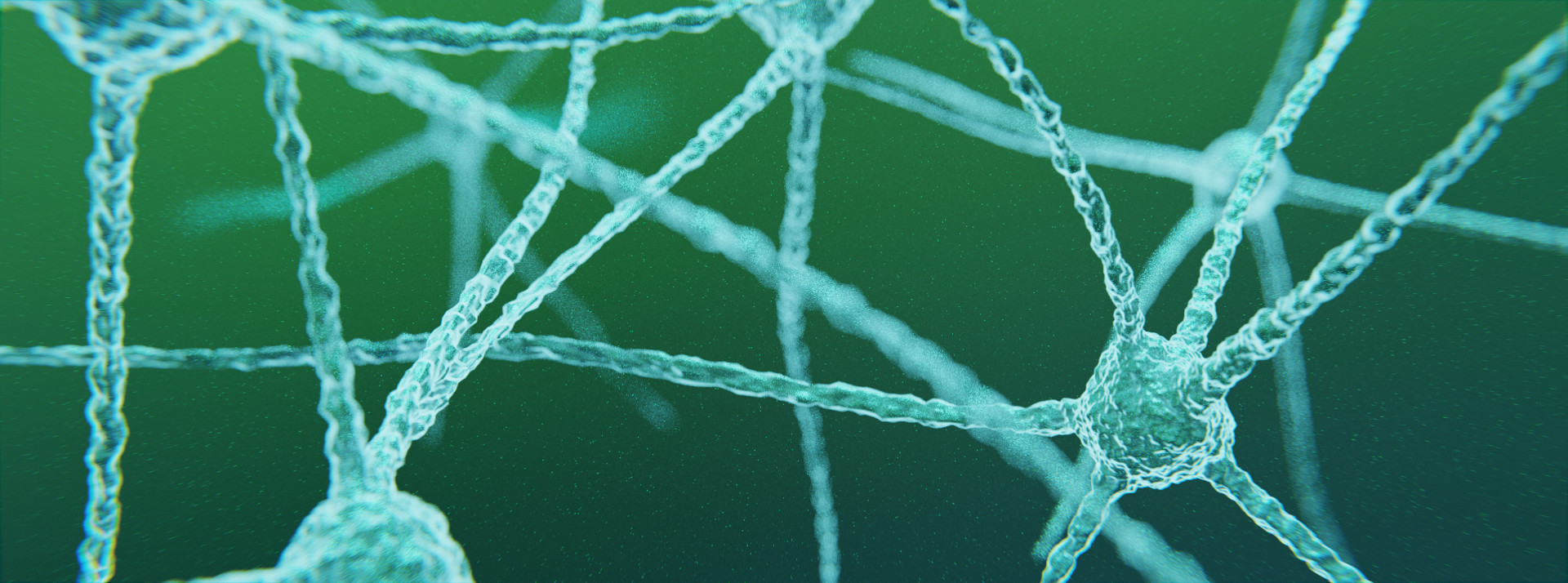
Deep Learning based Efficacy Prediction Systen (DLEPS)
Target based strategy works for most diseases. Yet a lot more diseases are complex and lack of explicit targets. Using DLEPS, researchers are able to predict the efficacy of compounds through gene signatures.

Reinforcement Learning driven Auto Docking (RLDock)
Reinforcement Learning architecture provide a more efficient path finding in searching the chemical space. RLDock thus provides comprehensive search force in designing small molecules against

Deep Learning based RetroPath Prediction for compounds and natural products (DLROP)
Small molecules and their reactions can be treated as sequences and thus Natural Language Processing techniques can be applied to predict the synthetic paths for compounds and natural metabolites.





